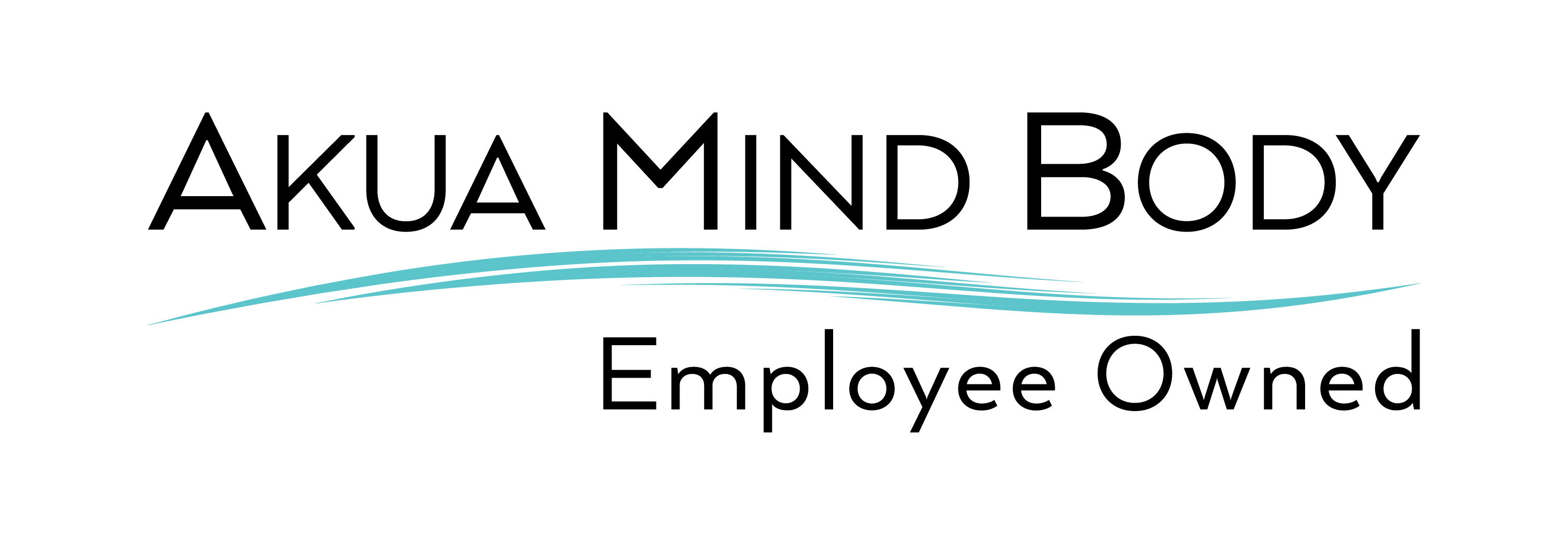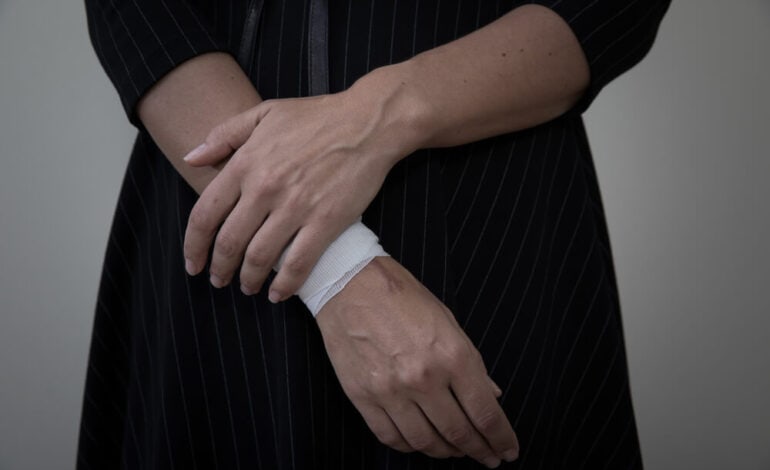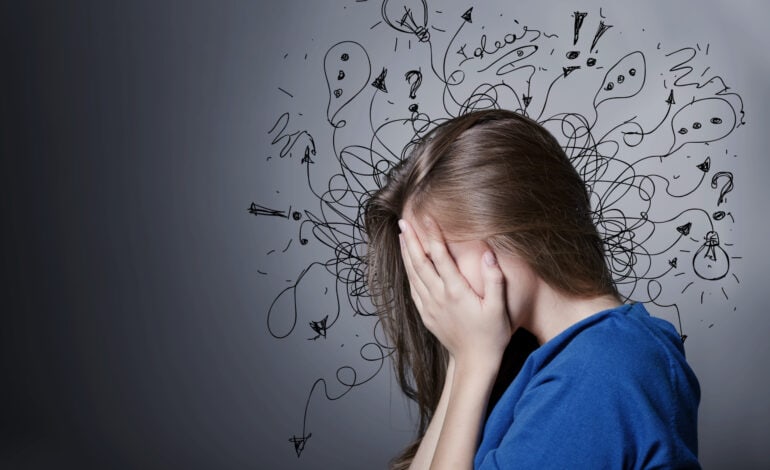Self-harm, also known as intentional self-injury behavior, is the purposeful action of inflicting physical harm on your body and is a red flag sign for emotional distress. According to psychiatrists, self-harm is appropriately recognized as nonsuicidal self-injury disorder (NSSID) as these self-harm behaviors are done without any intention of suicide. In other words, the individual is not attempting suicide or engaging in suicidal thoughts. Teenagers and adolescents are at the highest risk for self-harm behavior, with approximately 15% of teenagers and 17-35% of college students have engaged in self-harm behaviors. Females and males have comparable rates of self-harm behavior. Cutting, extreme hair pulling or skin picking, ingesting caustic chemicals, preventing wound healing, burning, extreme scratching, as well punching or hitting walls to induce pain are examples of self-injurious behaviors. These behaviors are highly troublesome for clinicians and parents. It can be tremendously challenging to decipher whether the individual is trying to take their own life or inflict pain on themselves.
When a compulsive behavior becomes an addiction
Most individuals who begin to practice self-harm do not believe they are harvesting an addiction or unhealthy behaviors. Many individuals who engage in self-harm view this behavior as a psychological release, a way to unravel their deep underlying negative emotions and thoughts. Over time, there becomes a strong desire to engage in self-harm behaviors compulsively, and individuals will often go to extremes to hide these behaviors. Wearing long sleeves in the summer to hide their scars, locking themselves in a bathroom, hoarding razors, paperclips, or other sharp objects are all compulsive behaviors associated with addiction. Individuals become addicted to self-injury behaviors because they are addicted to the release of emotions related to cutting or other self-harmful acts. The physical act of self-mutilation is a vicious cycle of pent-up anger, sadness, and loneliness that is often relieved by the quick action of physical pain induced from cutting or other forms of self-harm. This immediate relief is often coupled with a sense of euphoria and calmness that is soon replaced by anxiety and guilt. This addictive cycle continues to repeat itself. These individuals usually prefer to use self-injury behaviors instead of talking about their feelings to others because they often feel that other individuals may fail them. In contrast, self-injury provides the same reliable response every single time.
The relationship between substance use disorder and self-harm
Self-harm and substance abuse often create a dangerous intersection. Individuals engage in physical self-harm and substance abuse as ways to numb emotional pain. Drinking excessive amounts of alcohol to blackout or swallowing enough acetaminophen to warrant a hospital trip but not knowingly not enough to result in lethal overdose are common mechanisms used by individuals who often engage in self-harm behavior. When cutting no longer numbs the pain, individuals may turn to drug and alcohol use and vice versa.
Why am I engaging in self-harm behavior?
Many individuals who engage in self-harm behaviors such as cutting do not understand the reasoning behind their actions other than that, it brings them a feeling of relief. To be diagnosed with self-harming behavior, individuals must engage in this behavior for the following reasons:
- To distract unwanted, unavoidable, or overwhelming feelings or thoughts
- To release pent up stress associated with negative emotions
- To regulate internal experiences
- To experience a physical sensation as a way to break out of a cycle of numbness
- To express feelings when unable to verbalize
- As a form of punishment
- To experience a form of pleasure
Emotions associated with cutting
The physical act of cutting and self-harming the body becomes addictive due to the release of “feel-good” neurotransmitters in the brain once the action has occurred. Feelings of negativity and guilt closely follow this release of emotions and feelings of relief.
The following are associated emotions that are closely linked to acts of self-harm:
- Negative feelings and thoughts associated with depression and anxiety
- Obsessive thoughts about self-injury, which are difficult to resist
- Frequent urges to induce self-harm
March is Self-Harm Awareness Month, a month dedicated to driving awareness about self-injurious behavior and eliminating self-harm stigma. If you are engaging in self-harm, you must seek help immediately. Living in a cycle of self-harm can lead to serious mental health and addiction disorders. Professional treatment for self-harm can help you understand the underlying reasons why you are engaging in cutting and can help you adopt healthy coping skills to navigate negative emotions in the future.




